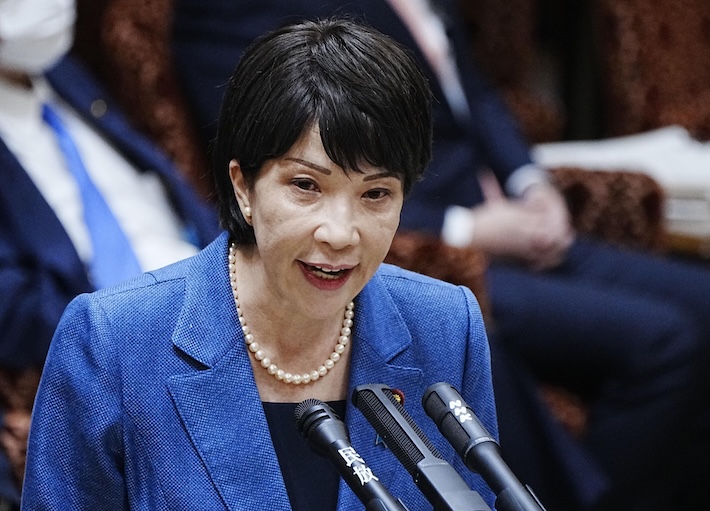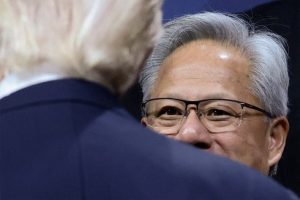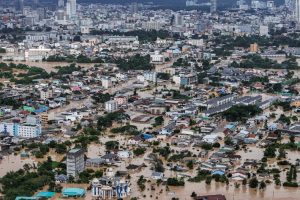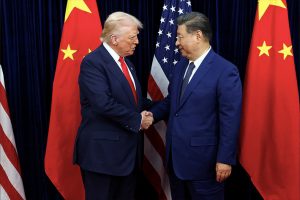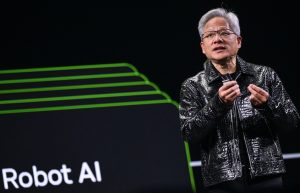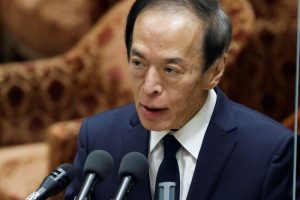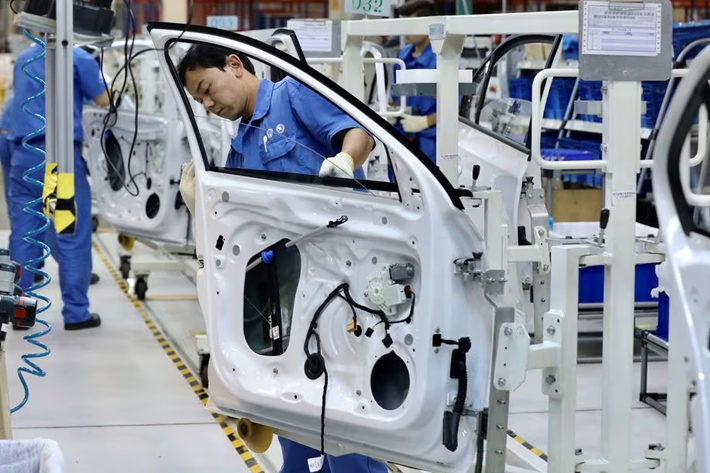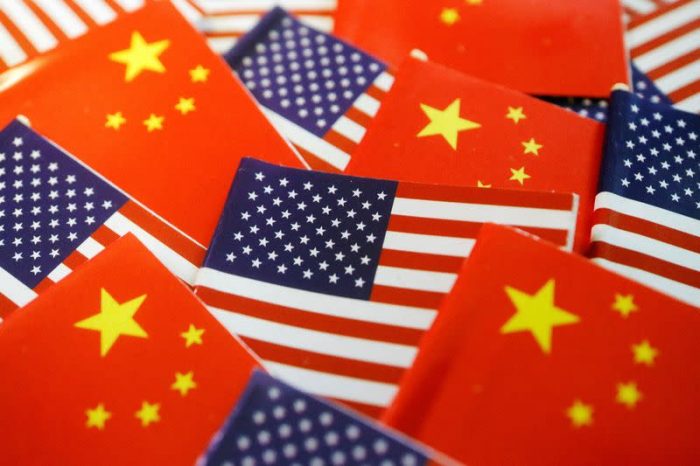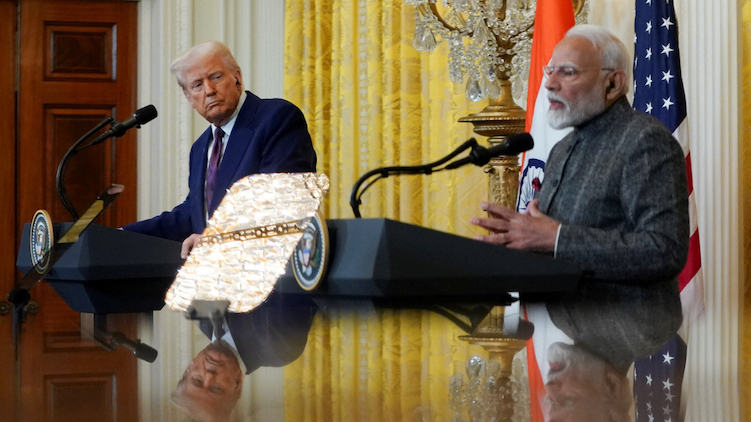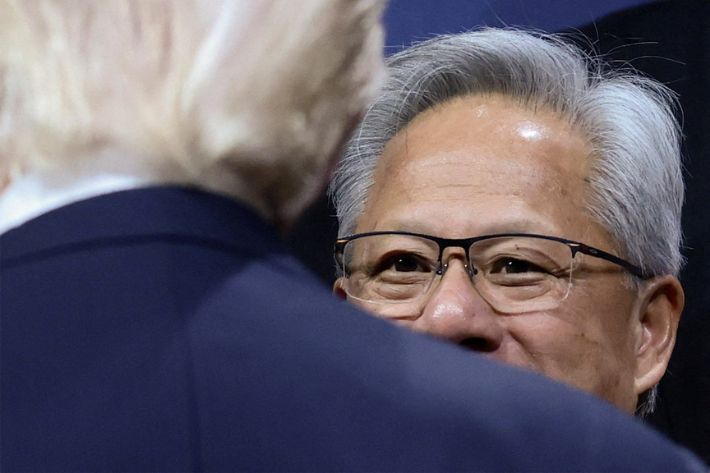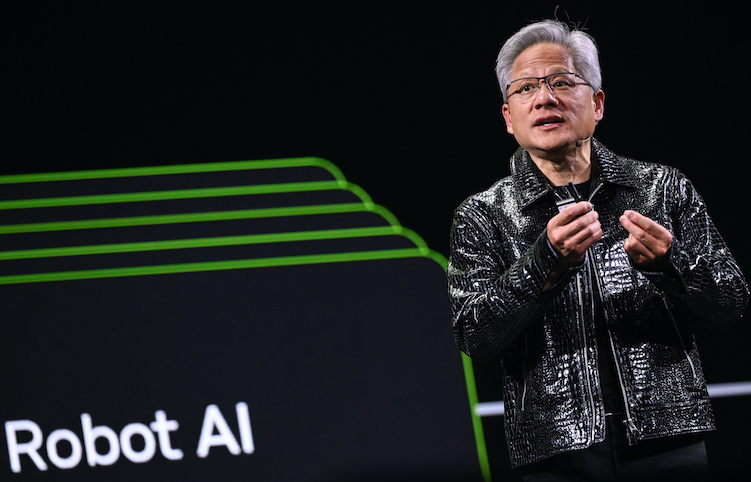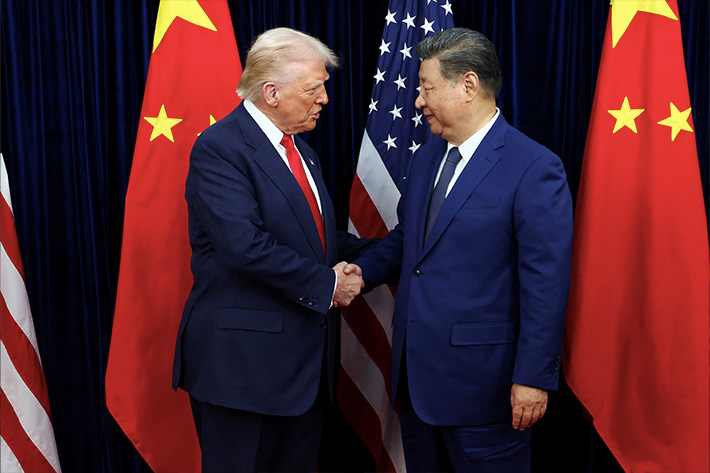Sanae Takaichi was elected Japan’s first female prime minister on Tuesday. A supporter of former PM Shinzo Abe, she is rated by analysts as a hardline conservative, and one likely to take the country on a more right-wing path.
An admirer of Britain’s ‘Iron Lady’, Margaret Thatcher, Takaichi, 64, is expected to use ‘Abenomics’ – government stimulus – to boost the economy, which has been weighed down by debt, slow growth and rising prices.
Her triumph – winning election in a country where men dominate politics – comes at a time when Japan faces major challenges, from both China, and the Trump Administration, which is eager to reap a higher return for the costs of defending its ally.
ALSO SEE: US, Australia Sign $8.5bn Deal on Rare Earth, Gallium Projects
Takaichi is tipped to usher in a sharp move to the right on issues such as immigration and defence, making her the latest leader in tune with the broader rightward shift in global politics. She received 237 votes in the election in parliament’s 465-seat lower house on Tuesday and then won a similar vote in the less powerful upper house.
Her victory was secured after her Liberal Democratic Party, which has governed Japan for most of its postwar history, agreed on Monday to form a coalition with the right-wing Japan Innovation Party, known as Ishin.
Together, the parties are two seats short of a majority in the lower house. That means Takaichi’s success will depend on her winning the cooperation of more opposition lawmakers, Tadashi Mori, a professor of politics at Aichi Gakuin University, told Reuters.
“The two parties do not command a majority in either chamber and to ensure a stable government and gain control of key parliamentary committees, they will need to secure more than half the seats,” he said.
Fractured political scene
Takaichi takes over when Japanese politics appears more fractured than at almost any other time in recent memory, thanks in part to the rise of the smaller, hard-right Sanseito Party, which has siphoned voters away from the LDP.
“Since former Prime Minister Abe passed away, we’ve felt that both national politics and the LDP itself have drifted leftward,” Sanseito head Sohei Komiya told broadcaster NHK, adding he hoped Takaichi would steer national politics back to the middle.
“While we won’t hesitate to oppose her when necessary, we intend to maintain a friendly working relationship,” he said.
The LDP’s former coalition partner, the more moderate Komeito, broke up their 26-year-old alliance this month after the LDP chose the right-wing Takaichi as its new leader.
Takaichi named just two women to her cabinet: fellow Abe disciple, Satsuki Katayama will be the country’s first female finance minister, while Kimi Onoda becomes economic security minister.
In her leadership campaign, Takaichi promised to boost the number of women in the cabinet to match socially progressive Nordic countries, known for their high ratio of female MPs, but she made a cautious start. The percentage of female ministers in Nordic governments ranges from Denmark’s 36% to Finland’s 61%. But under Takaichi, women will make up just 16% of Japan’s cabinet, including her.
“Only two female ministers, no surprise,” said Yoko Otsuka a professor of welfare policy and gender studies at Ritsumeikan University. “A female prime minister might slightly improve Japan’s Global Gender Gap Index ranking, but the reality barely changes.”
Defence spending, Trump visit
Takaichi’s endorsement of Abe-style fiscal stimulus has prompted a so-called “Takaichi trade” in the stock market, sending the Nikkei share average to record highs, the most recent on Tuesday.
But it has also caused investor unease about the government’s ability to pay for more spending in a country where the debt load far outweighs annual output. Both the yen and bond prices have weakened as a result.
Any attempt to revive Abenomics could also run into trouble because the policy was devised to fight deflation, not higher prices, Aichi Gakuin’s Mori said.
And some analysts say Ishin, which has advocated for budget cuts, could restrain some of Takaichi’s spending ambitions.
Takaichi has said defence and national security would be core pillars of any administration she led. She pledged to raise defence spending, deepen cooperation with the United States and other security partners.
US President Donald Trump may also visit as early as her first week in office.
A frequent visitor to the Yasukuni war shrine in Tokyo that some Asian neighbours view as a symbol of wartime aggression, Takaichi has also called for a revision of Japan’s postwar pacifist constitution to recognise the existence of the nation’s military forces.
Rising political star Shinjiro Koizumi will serve as defence minister, while veteran lawmaker Toshimitsu Motegi will be foreign minister.
Takaichi will be sworn in as Japan’s 104th prime minister on Tuesday evening to succeed the incumbent Shigeru Ishiba, who last month announced his resignation to take responsibility for election losses.
- Reuters with additional editing and input by Jim Pollard
ALSO SEE:
Nikkei Soars, Yen Sinks After Takaichi Picked as Japanese PM
Japan’s Topix Hits Record Peak, Yen Sinks as PM Ishiba Resigns
US Lowers Japan Auto Tariffs But Some Carmakers Still Hurt
Japan and US ‘Finalising Deal on Lower Auto Tariffs, Other Issues’
Japan Wants Issues Sorted Before Trade Rep Seals Big Tariff Deal
US Pushing Bank of Japan to Hike Rates? No, Says Tokyo
Political Uncertainty in Japan Clouding Rate Hikes, Budget
Toyota Slashes Profit Forecast, Sees $9.5 Billion Tariff Hit
Japan Debates How to Handle Rushed Tariff Deal With US
Nikkei Jumps After Trump Strikes 15% Tariff Deal With Japan




